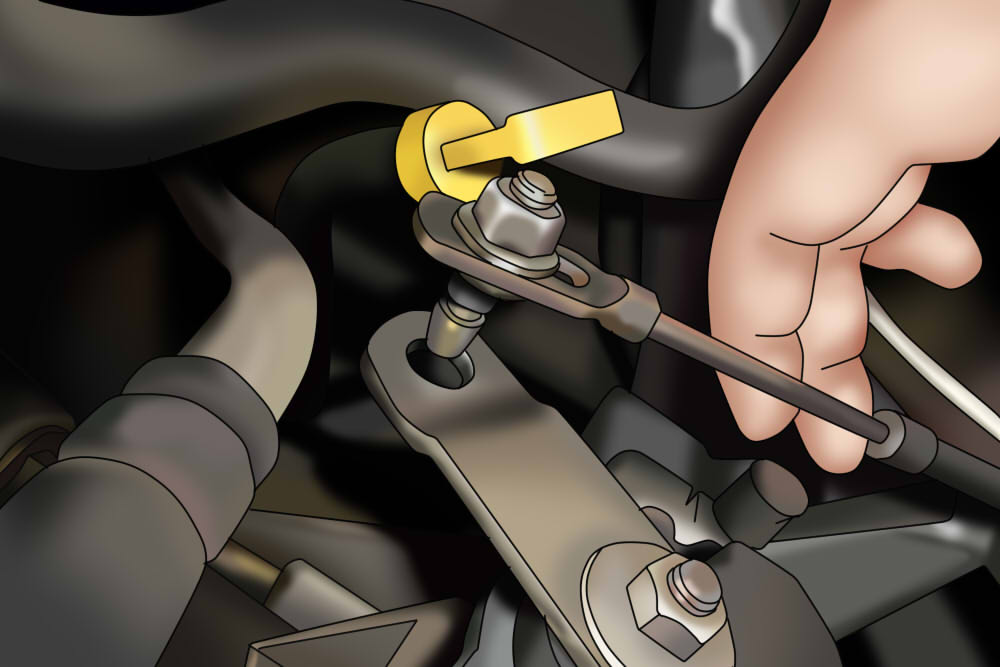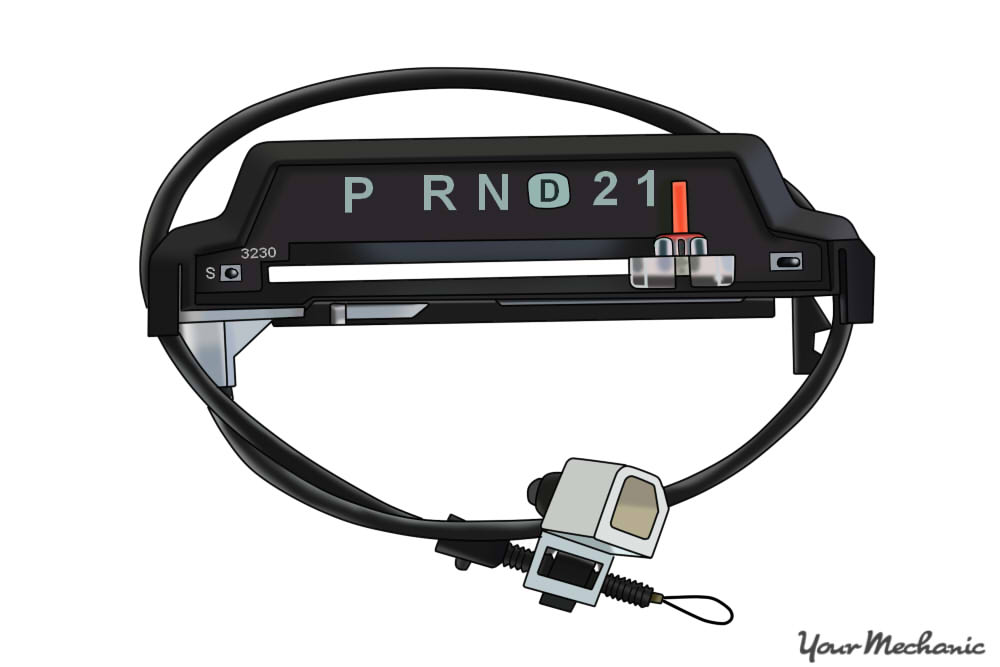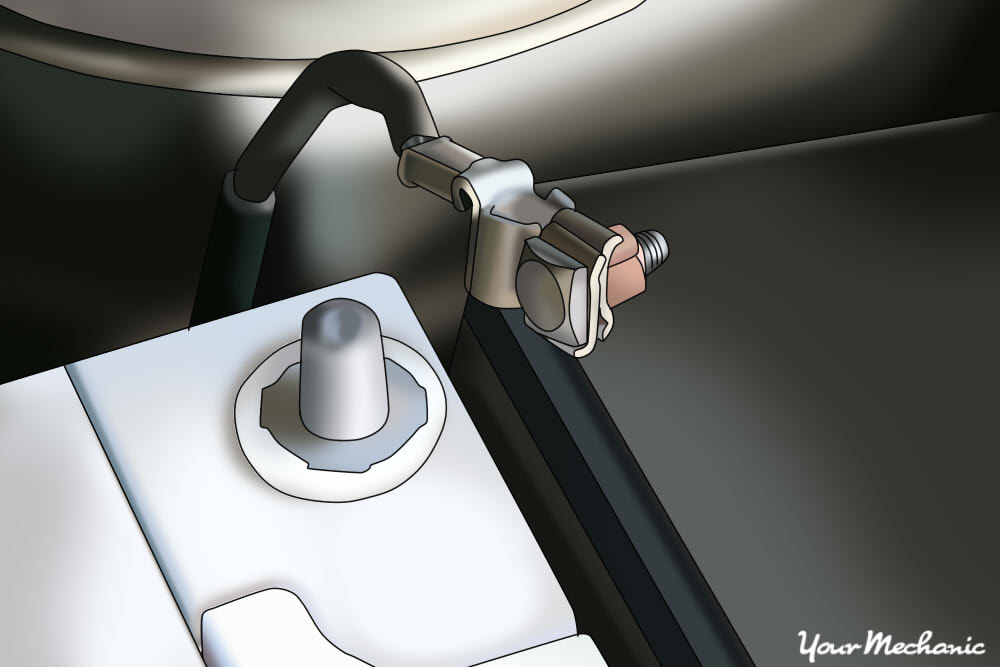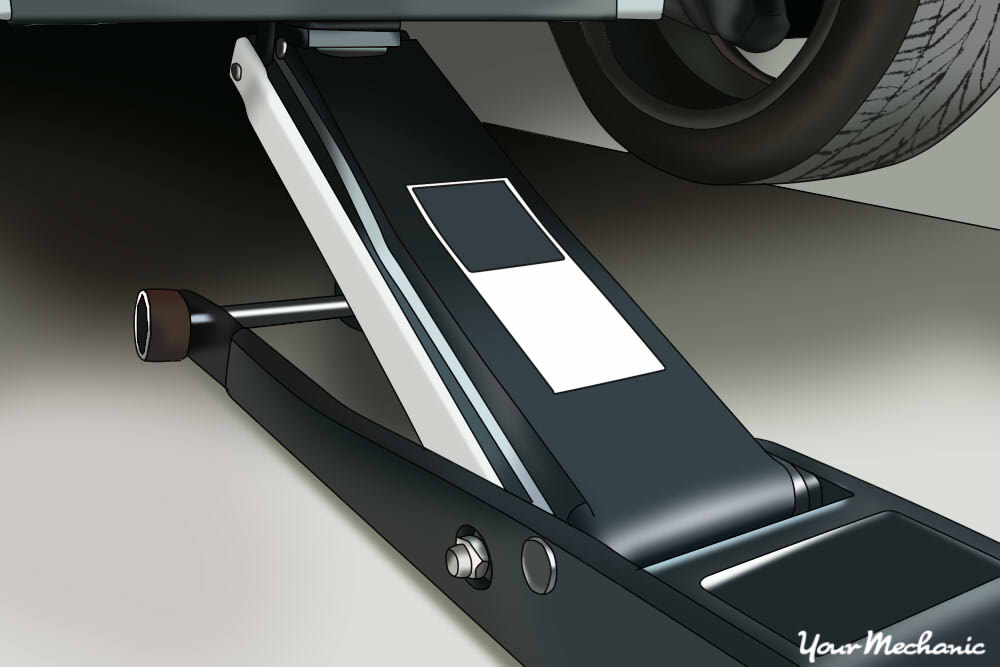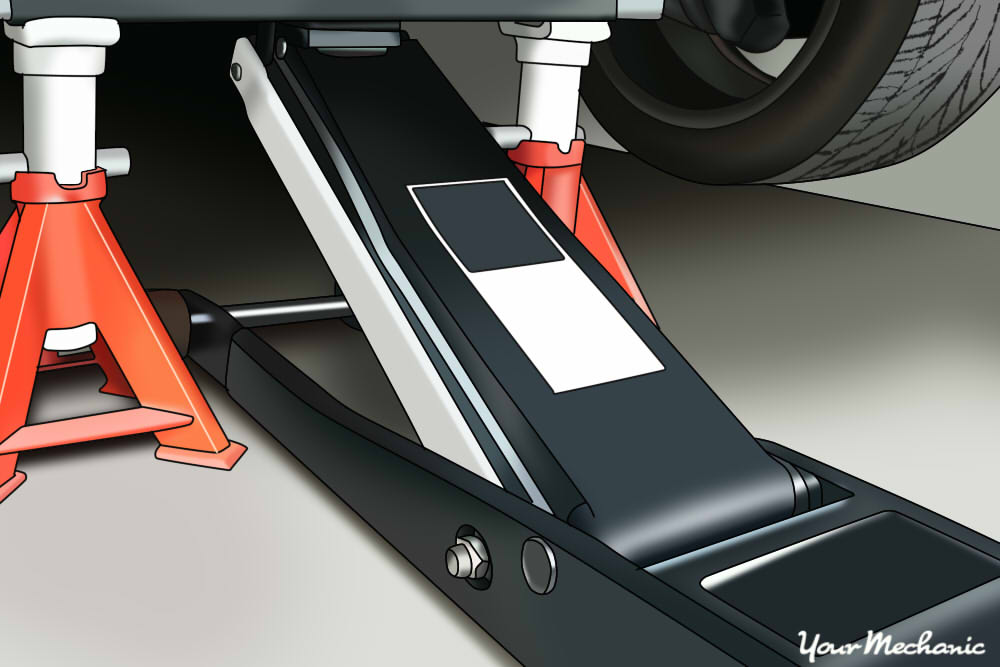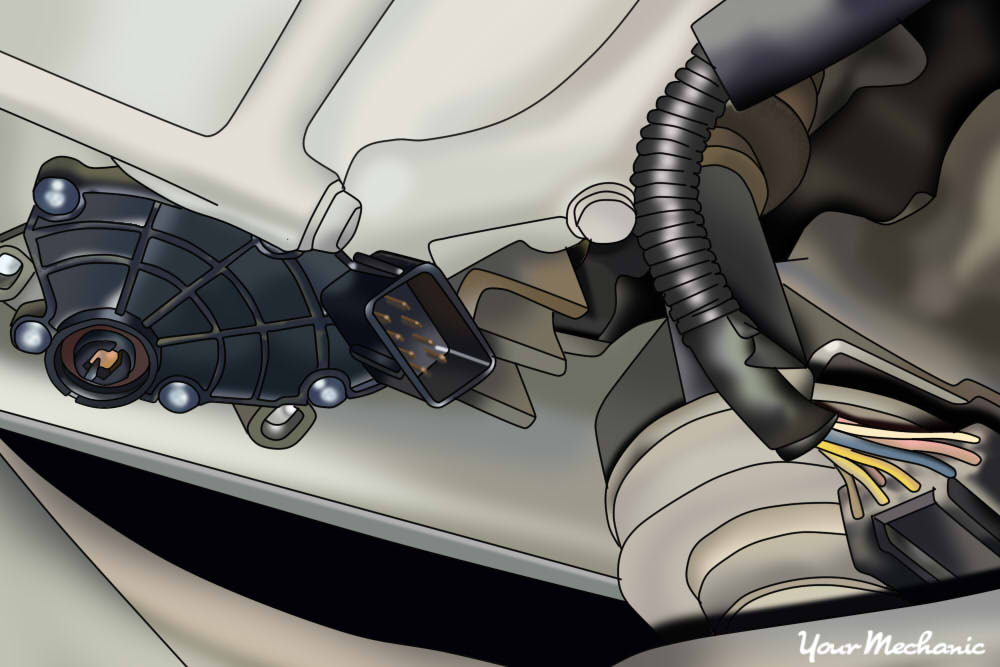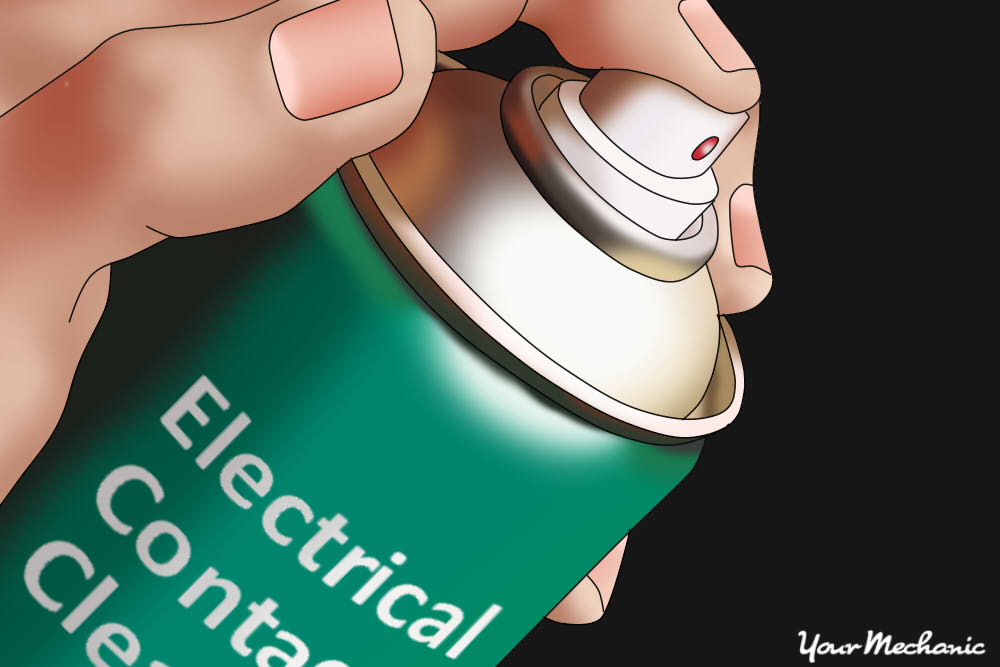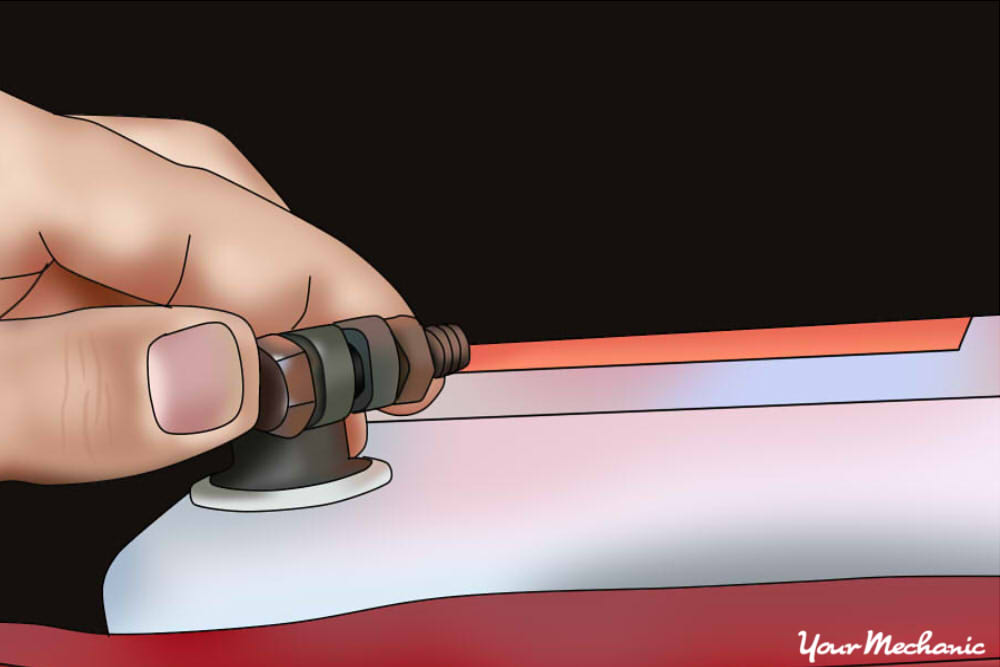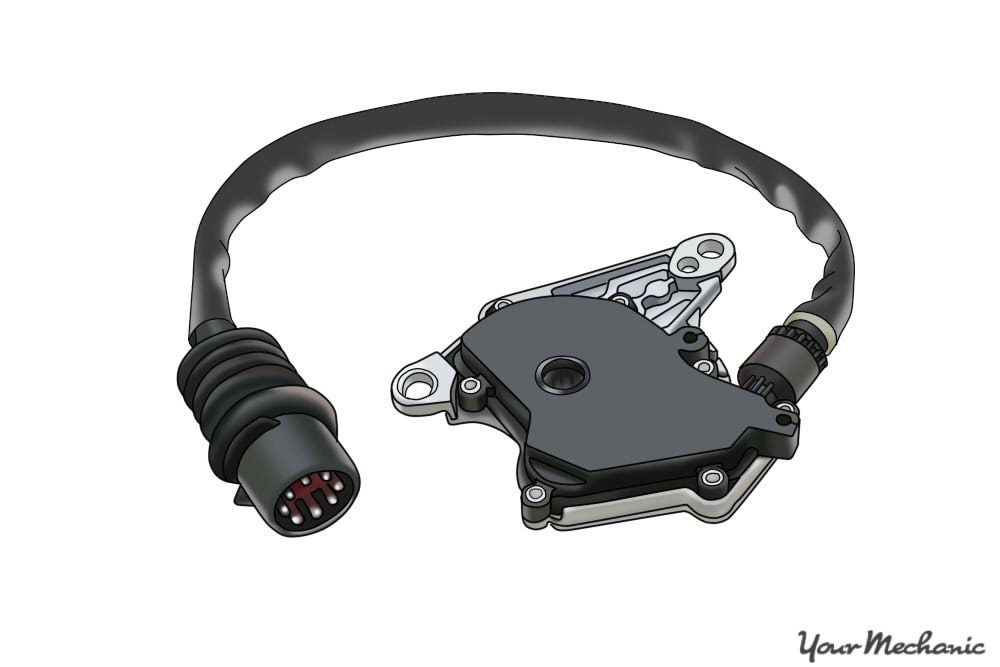

Transmission position sensors let the computer and driver know what gear the vehicle is in. This sensor is vital to have and makes driving a vehicle more secure and safe.
The two types of electronic transmissions are:
- Mechanical/electronic shift transmissions
- Shift by wire transmissions
A mechanical/electronic shift transmission has a cable or linkage that connects the shifter handle to the main valve on the transmission. The transmission still has electronic shift solenoids to shift the gears in the transmission without any mechanical device. The benefits of having a mechanical/electronic shift transmission is that the driver is in control with the shifter in the cab. However, the downside is that the driver can accidentally put the transmission in park or reverse while driving forward at great speeds.
A shift by wire transmission has a wire that sends a voltage reference to an electronic shifter from the shifter handle. This system is tied into the computer system and is monitored every micro second. The benefit of having a shift by wire transmission is that the computer is in control and not the driver. This eliminates the driver from accidentally placing the transmission in park or reverse during forward motion. However, if a wire was to be burned or a fuse was to burn, then the vehicle will not shift and will default to a neutral position making the vehicle unusable.
Part 1 of 7: Understand the signs of transmission position sensor failure
If the transmission position sensor fails, it can make the vehicle unusable in many different ways. The most common ways are not letting the engine start up, keeping the vehicle from moving, or from keeping the transmission from shifting gears.
The engine light codes related to transmission position sensor are:
Part 2 of 7: Check the condition of the transmission position sensor
Step 1: Put the transmission shifter in the park position. Attempt to start up the vehicle. If the engine starts up, try to put the transmission in gear. If the transmission will not go into gear or it is sluggish in drive, then the sensor has failed.
Step 2: If the engine started, shut it off. Place the shifter into a gear and attempt to start the engine up. If the engine starts with the transmission in gear, then the sensor has failed.
Part 3 of 7: Prepare to replace the transmission position sensor
Materials Needed
- Allen wrench set
- Boxed end wrenches
- Flash light
- Floor jack
- Jack stands
- Flat tip screwdriver
- Protective gloves
- Protective clothing
- Ratchet w/metric and standard sockets
- Safety glasses
- Torques bit set
- Wheel chocks
Step 1: Park your vehicle on a flat, hard surface. Make sure that the transmission is in park mode (for automatics) or in 1st gear (for manuals).
Step 2: Secure the wheels. Place wheel chocks around the tires that will remain on the ground. In this case, place the wheel chocks around the front tires since the rear of the vehicle will be lifted up.
Engage the parking brake to the lock the rear tires from moving.
Step 3: Install a nine volt battery saver into your cigarette lighter. This will keep your computer live and keep your setting current in the vehicle. If you do not have a nine volt battery saver, you can skip this step.
Step 4: Disconnect the battery. Open the vehicle’s hood and disconnect the car’s battery. Take the ground cable off the battery’s negative post to disable the power going to the ignition system and fuel system.
- Note: It is important to protect your hands. Make sure to put on protective gloves prior to removing any battery terminals.
Step 5: Raise the vehicle. Using a floor jack that is recommended for the weight of the vehicle, lift the vehicle at its specified jacking points until the wheels are completely off the ground.
- Note: It is always best to follow the recommendations given in the owner’s manual of your vehicle and use the jack at the proper jacking points for your vehicle.
Step 6: Place the jack stands. The jack stands should go under the jacking point locations. Then lower the vehicle onto the jack stands.
- Tip: For most modern cars, the jacking points for jack stands will be on the pinch weld just under the doors along the bottom of the car.
Part 4 of 7: Remove the transmission position sensor (switch)
Step 1: Take safety precautions. Put on protective clothing, oil resistant gloves, and safety glasses.
Step 2: Locate the transmission position sensor. Grab a creeper, flashlight, and tools for the job.
Go under the vehicle and locate the transmission position sensor (switch).
Step 3: Remove the harness from the sensor. If you have a mechanical shifter, you will need to remove the linkage from the transmission.
Step 4: Remove the sensor. Remove the mounting bolts that secure the sensor to the transmission. Use a large flat screwdriver and lightly pry the sensor off the transmission.
Step 5: Clean the harness connector. Use electrical cleaner to clean out the harness connector. This helps remove any debris and moisture that could cause future problems.
Part 5 of 7: Install the new transmission position sensor (switch)
Step 1: Take out the new sensor. Put the new sensor onto the transmission.
Step 2: Install the mounting bolts to the sensor. Tighten them down hand tight. Torque the bolts to 8 foot-pounds.
- Note: Do not over tighten the bolts or you will crack the new sensor.
Step 3: Plug in the harness to the sensor. If you had to remove a shifter linkage, install the shifter linkage.
- Note: Keep in mind that if there are any cotter pins, you will need to replace them with new ones. Old cotter pins will become work harden and break.
Part 6 of 7: Lower the vehicle and hook up the battery
Step 1: Clear up your tools. Collect all tools and your creeper and place them out of the way.
Step 2: Raise the vehicle. Using a floor jack that is recommended for the weight of the vehicle, lift under the vehicle at its specified jacking points until the wheels are completely off the ground.
Step 3: Remove the jack stands. Remove the jack stands and keep them far away from the vehicle.
Step 4: Lower the vehicle. Lower the vehicle to where all four wheels are on the ground. Pull out the jack and put it aside.
Step 5: Reconnect the battery. Open the vehicle’s hood. Reconnect the ground cable back onto the battery’s negative post.
Remove the nine volt battery saver from the cigarette lighter.
Tighten up the battery clamp to ensure that the connection is good.
- Note: If you did not use a nine volt battery saver, you will have to reset all of the settings in your vehicle, like your radio, electric seats, and electric mirrors.
Step 6: Remove the wheel chocks. Remove the wheel chocks from the rear wheels and put them aside.
Part 7 of 7: Test drive the vehicle
Materials Needed
- Flashlight
Step 1: Drive the vehicle around the block. While you are driving around, check to see if the engine light will come back on. Also, check and make sure that the transmission is shifting correctly.
Step 2: Check the harness under the vehicle. When you are done with the test drive, grab a flashlight and look under the vehicle. Make sure that harness is free from any obstacles and that the linkage is tight.
If your engine light comes back on after replacing the transmission position sensor, then further diagnosis of the transmission position sensor circuitry is necessary.
If the transmission does not shift or does not allow the engine to start up, then the transmission shift circuitry may need to be replaced.
If the problem persists, you can ask a certified technician from YourMechanic to inspect the transmission and determine the cause of the problem.



